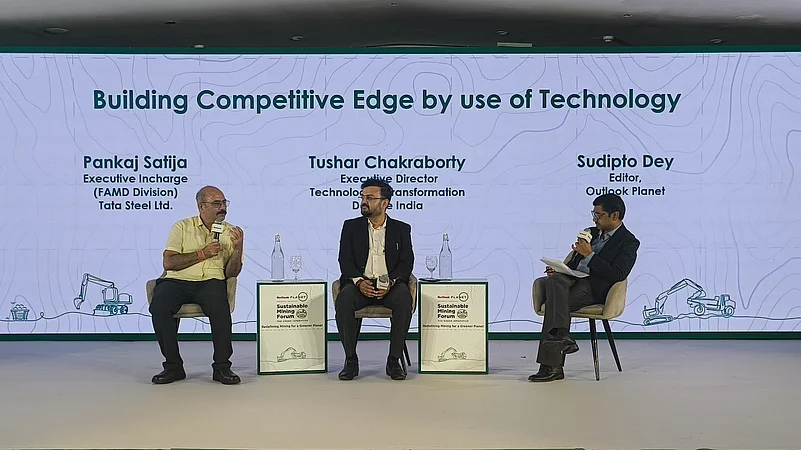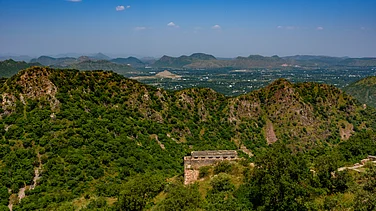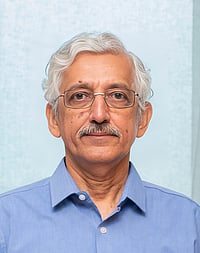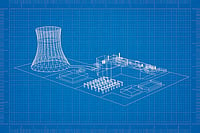
Mining industry has begun to embrace decarbonisation and electrification amid the green steel push.
Long-term success depends on embedding innovation and digital tools into organizational culture.
India's mining sector is a diesel-heavy industry. But companies have started adopting sustainable technologies. Electrification, a viable alternative, is being adopted in some areas, biofuels and green hydrogen are also being explored, said Tushar Chakraborty, executive director, technology & transformation, Deloitte India at the Sustainable Mining Forum - The Green Imperative organised by Outlook Planet on August 7.
"Globally, leaders like Rio Tinto and BHP are using battery-operated equipment and running fully autonomous mines. India must also adopt such technologies," said Chakraborty.
"The journey has begun," said Pankaj Satija, Executive Incharge (FAMD), Tata Steel. Steel industry is significantly dependent on coal. There is also a major push for the decarbonisation of the steel sector, with India introducing the green steel taxonomy.
Last year, Tata Steel conducted the trial of biomass usage in its ferrochrome making at its ferrochrome plant in Odisha’s Cuttack district. "Our ferrochrome plants will also start using renewable energy from October," said Satija. "It may not make a massive impact on its own, but it's a step towards making it green," he added.
Satija said that the company has replaced 10% of coal in some of its processes. "In some plants, we were using furnace oil, which has a high sulphur content. But, thanks to BPCL, we now have a small supply of natural gas," he said.
Both the speakers emphasised on the importance of the cultural adoption of new technologies in the sector. "Introducing digital tools isn’t enough. We must build a culture that encourages continuous innovation and long-term use of these tools," Chakraborty said.
India mines about 1.6–1.7 bn tonnes of commodities annually—half of that is coal. This is expected to double in the next 10 years. Chakraborty said, "The mining industry is actively exploring new interventions. But the challenge now is to make these sustainable and embed them into the organizational DNA."




























